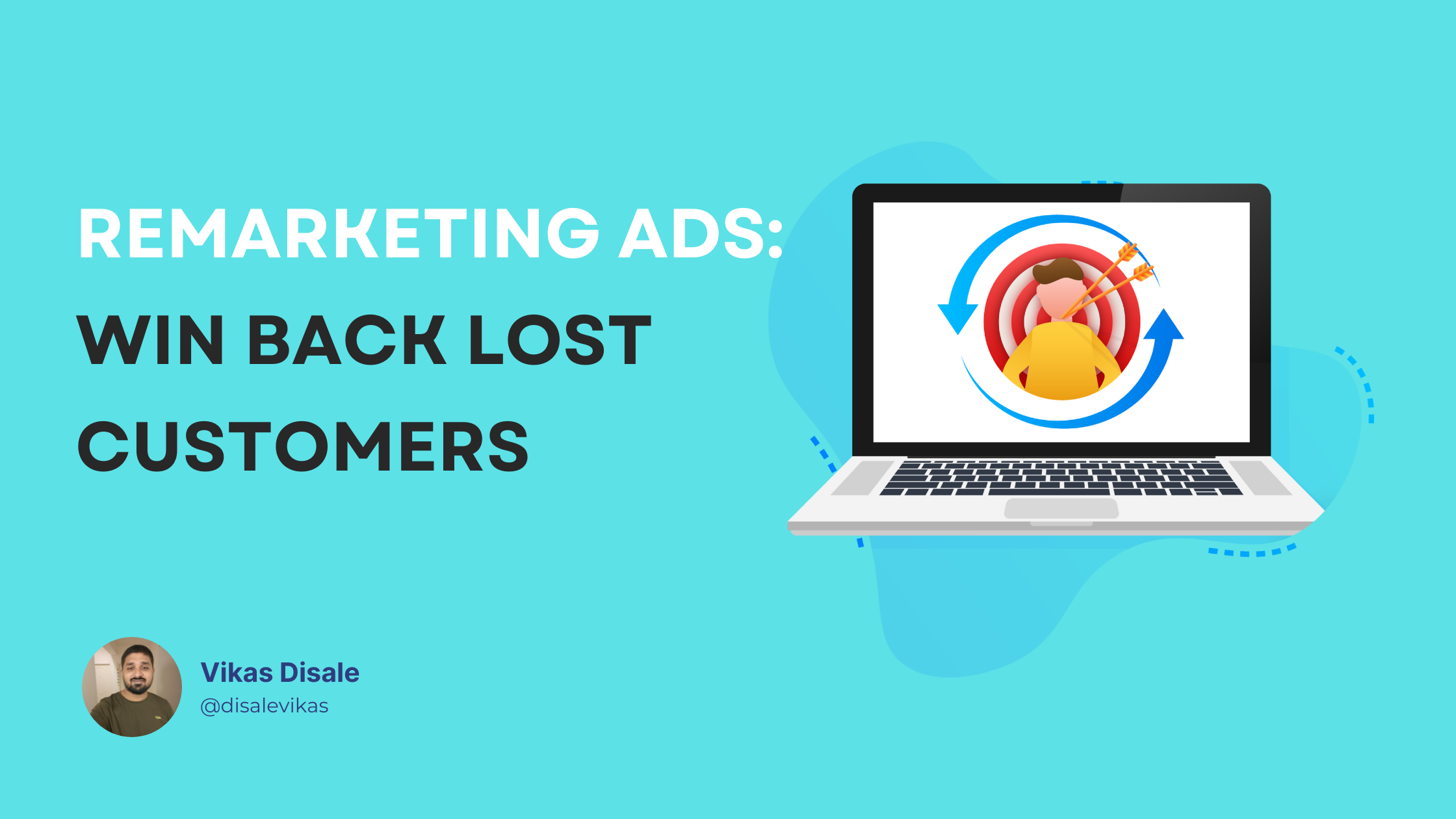Remarketing with Google Ads is a powerful tool that helps businesses re-engage potential customers who have previously interacted with their website or app but didn’t convert.
By showing tailored ads to these users across the web, you can win back lost customers, increase brand visibility, and ultimately drive more conversions.
Here’s a guide on how to effectively use remarketing to win back customers who didn’t complete their journey.
1. Set Up Your Remarketing Audience
To start, you’ll need to define your audience segments for remarketing. Google Ads allows you to create custom remarketing lists based on user behavior on your site or app.
- Steps:
- Add the Google Ads Remarketing Tag to your website or app.
- Set up remarketing lists based on specific actions, such as users who visited a product page but didn’t complete the purchase.
- Segment your lists by behavior or intent, such as cart abandoners, page viewers, or people who engaged with specific content.
2. Create Targeted Ad Campaigns
Once you have your remarketing audience lists, create ad campaigns that directly speak to the needs or interests of those users. Customize your ads to remind them of what they left behind or incentivize them to return and complete a purchase.
- Tips:
- Use dynamic remarketing to show personalized ads featuring the exact products or services users viewed on your site.
- Offer exclusive discounts or limited-time promotions to encourage users to return.
- Use emotional triggers in your ad copy, such as “Don’t miss out!” or “Your cart is waiting for you!”
3. Leverage Frequency Capping
While remarketing is effective, you don’t want to overwhelm your audience with too many ads. Set up frequency capping to limit how often users see your ads.
- Best Practices:
- Set a reasonable cap on ad impressions, such as 3–5 times per week, to avoid ad fatigue.
- Adjust your frequency cap based on the audience segment. For example, cart abandoners might require more frequent reminders, while casual site visitors may need fewer.
4. Optimize Ad Placements
With Google Ads, you can choose where your remarketing ads appear, whether across the Google Display Network, YouTube, or even within Google search results.
- Targeting Options:
- Use Google Display Network to show ads on millions of websites and apps that your customers visit after leaving your site.
- Consider YouTube remarketing to engage users with video content that highlights your brand and products.
- For search remarketing, bid on users’ search queries after they’ve visited your site, showing ads to people actively searching for related content.
5. Tailor Ads to the User’s Journey
Your remarketing strategy should align with where the customer is in the buying journey. Customize your messaging based on how far they got before abandoning your site.
- Examples:
- For cart abandoners, display ads that feature their left-behind products, offering a discount or free shipping.
- For users who visited a product page but didn’t add anything to their cart, highlight the benefits of the product or showcase customer reviews.
- If someone subscribed to your email list but didn’t make a purchase, create remarketing ads that introduce them to a broader range of products.
6. Utilize Sequential Remarketing
Sequential remarketing allows you to show a series of ads in a specific order based on user interaction, creating a more personalized experience.
- How It Works:
- Serve different ads based on the user’s previous engagement, such as an introductory offer first, followed by a reminder about the benefits of the product, and then a final discount.
- Create a narrative that guides users through the sales funnel, progressively persuading them to convert.
7. Use Analytics and A/B Testing
Track the performance of your remarketing campaigns and make data-driven decisions to improve results.
- Monitor key metrics like conversion rate, cost-per-acquisition (CPA), and click-through rate (CTR) to evaluate your campaign’s effectiveness.
- Use A/B testing to experiment with different ad creatives, messaging, and offers. Test variables such as image vs. text, call-to-action phrases, or discount amounts.
Conclusion
Remarketing with Google Ads is a powerful strategy that allows businesses to reconnect with potential customers who have previously engaged with their website or app.
By delivering targeted ads to these users, you can stay top-of-mind, encourage repeat visits, and ultimately win back lost customers.
Implementing remarketing tactics not only improves your ad performance but also increases conversion rates by focusing on an audience already familiar with your brand.
By customizing your remarketing efforts, leveraging advanced targeting options, and continuously optimizing your campaigns, you can build stronger relationships and drive higher ROI from your marketing efforts.
Vikas Disale is Digital Marketer and practicing SEO, Social Media, Paid Ads since 2011. Vikas like to share his knowledge via Podcast, YouTube videos.
